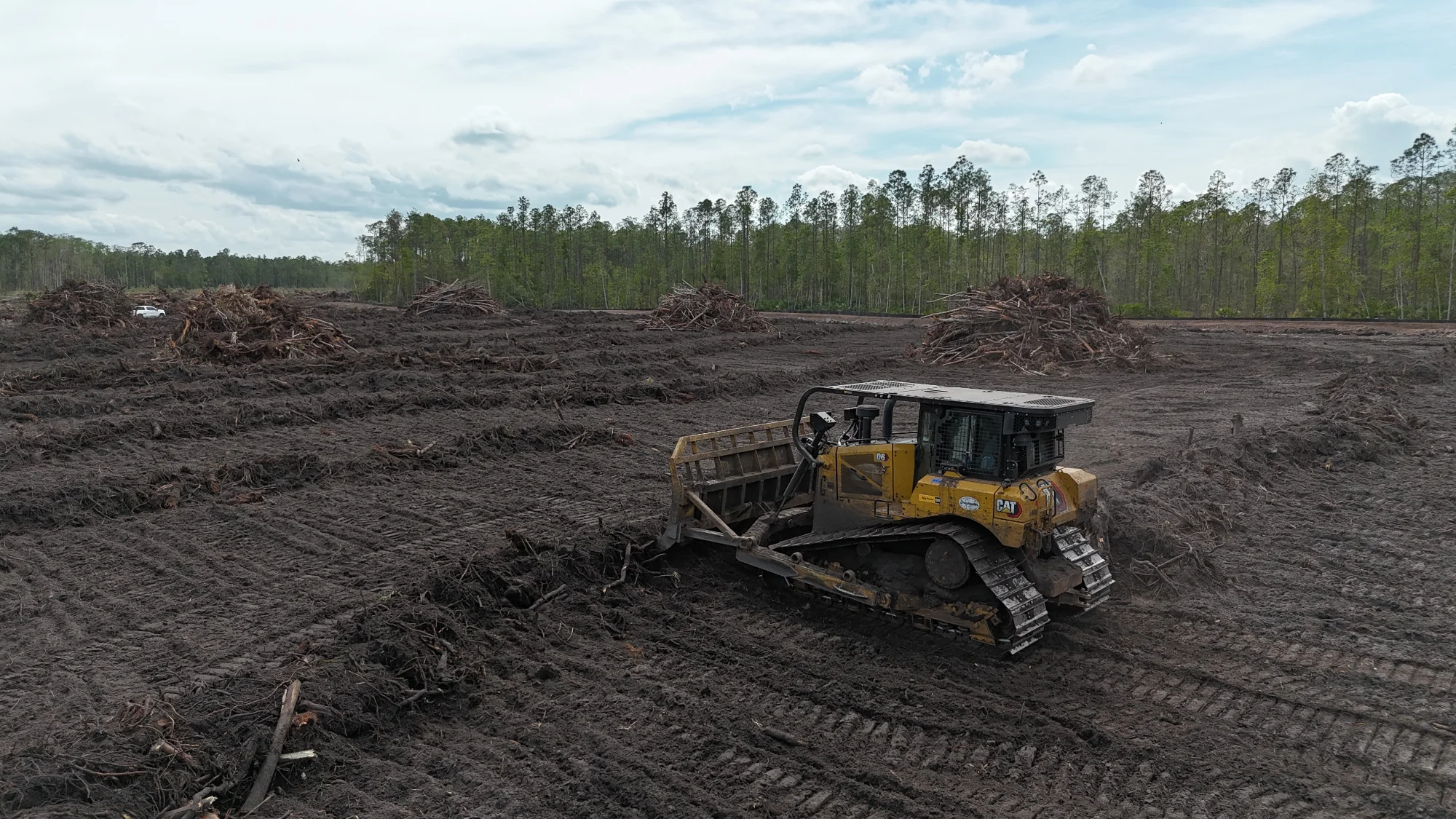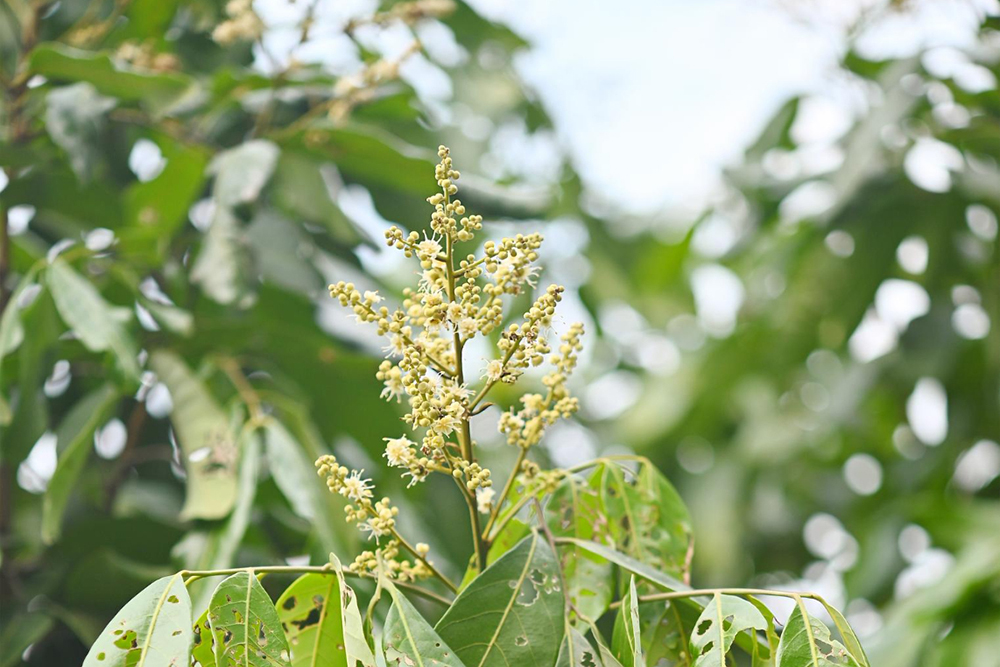

In the lush landscape of Sanford, Florida, there exists a silent opponent to the native flora and fauna: the Brazilian Peppertree. This seemingly innocuous invader, also known as the Florida Holly, stands as a significant threat to the region's ecological balance. Seizing control of vast terrains, the Brazilian Peppertree's rapid spread has created a pressing need for land clearing strategies. As advocates of environmental conservation, Drinkwater & Drinkwater are at the forefront, defending Sanford's biodiversity against this aggressor. Here's how we navigate the nuanced process of Brazilian Peppertree land clearing, preserving Sanford's natural beauty one acre at a time.
The Brazilian Peppertree, introduced to Florida in the 1800s as an ornamental plant, quickly proliferated in the state's favorable climate. Recognized for its resilience, the Peppertree grew vigorously, its seeds dispersed by birds across the Floridian expanse. Shading out native species with its dense canopy and secreting chemicals into the soil to inhibit other plant growth, the Brazilian Peppertree has created biological deserts in its wake.
In Sanford, its spread is alarming, affecting everything from conservation areas to private properties. The aggressive nature of this invader and its ability to handle a range of conditions, from wetlands to arid lands, make it a formidable opponent. Land managers and property owners are now faced with the arduous task of Brazilian Peppertree eradication to restore the habitats that were once emblematic of Sanford's natural charm.
Identification is the first step in managing a Brazilian Peppertree infestation. The tree presents as a large shrub or small tree, with a broad and spreading crown. Its bark is gray and corky, but it is the compound leaves, similar to those of the sumac, and its red berries that make the Brazilian Peppertree unmistakable.
Spotting these red flags early on is crucial. However, the invader often goes unnoticed until it has already established a stronghold. Clusters of Peppertrees can be found in a variety of habitats, usually near water sources or in disturbed areas, further underlining the need for proactive management strategies.
Eradicating Brazilian Peppertrees is a multi-faceted challenge that demands a tailored approach. At Drinkwater & Drinkwater, our team of experts employs a variety of methods based on the site, the scale of the infestation, and the client's long-term objectives. Mechanical removal, prescribed burns, herbicide treatments, and site restoration are the key arms in our land clearing arsenal.
For medium to large-sized projects, utilizing heavy machinery can be the most efficient method. Mulchers, bulldozers, and excavators are employed to uproot and clear the Peppertrees, thereby reclaiming the land. This method provides immediate results but is labor and time-intensive, requiring skilled operators and close supervision to avoid damage to surrounding vegetation.
Prescribed burns are a controlled technique that not only eliminates large areas of Peppertrees but also ensures ecological restoration through the removal of accumulated dead and decaying matter. This process, conducted under strict environmental conditions, reduces the fire risk and prepares the ground for the re-establishment of native plants.
Herbicides are an effective measure for clearing small to medium infestations and for areas where other methods may not be viable, such as urban environments. By spraying or injecting herbicides into the Peppertrees, they're systematically killed off. The selected herbicide must be non-toxic to the surrounding habitats and have a low residual effect to sustainably address the infestation.
The ultimate goal of land clearing is site restoration — to reintroduce native species and regain the ecological balance. After the Brazilian Peppertree has been removed, it's crucial to implement measures that prevent its recolonization. This may include regular monitoring, re-vegetation efforts, and habitat improvements.
While some property owners may choose to undertake land clearing themselves, the breadth and complexity of Brazilian Peppertree infestations often necessitate the expertise of professionals. An experienced team not only ensures the safety and success of the operation but can also advise on the most appropriate strategy, handle necessary permits, and consult on post-clearance management.
Drinkwater & Drinkwater understands the delicate ecosystem of Sanford and tailors each land clearing project to support its biodiversity. Our commitment to excellence in environmental stewardship and client satisfaction makes us the premier choice for Brazilian Peppertree removal.
The Brazilian Peppertree is an environmental threat that cannot be understated. It alters natural habitats, diminishes biodiversity, and requires significant resources to control. As stewards of the environment, it is our collective responsibility to protect and preserve the unique ecosystems within Sanford and beyond. By investing in proactive land clearing solutions, we secure a brighter, more sustainable future for the region.
Community involvement is a powerful force in the fight against invasive species. Whether it's through advocating for the protection of natural areas, participating in local conservation efforts, or reporting invasive species sightings, each member of the Sanford community can contribute to the cause.
If you're a property owner or land manager in Sanford dealing with a Brazilian Peppertree infestation, action is necessary. Professional land clearing services can help you tackle this issue effectively and responsibly.
In conclusion, the invasive Brazilian Peppertree poses a clear and present danger to the ecological integrity of Sanford, but with proper understanding and action, we can counter its spread. It is a testament to our commitment to conservation and sustainability that we engage in the fight against this botanical interloper, one that will define the legacy we leave for future generations.
At Drinkwater & Drinkwater, we are ready to partner with you to protect your piece of paradise. If you need help with land clearing in Sanford, FL, contact us today for personalized solutions in Brazilian Peppertree land clearing and take the first step in safeguarding Sanford's natural heritage. Together, we can turn the tide against this invasive species and ensure a flourishing environment for all.